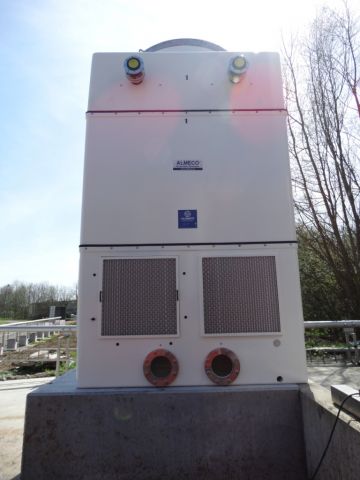The solution for sulphuric acid in wastewater
The solution for sulphuric acid in wastewater
There are still many companies that use an anaerobic treatment system (e.g. of the UASB type). Here, the aerobic treatment that is present in most wastewater treatment plants is lacking. After treatment by the anaerobic system, the water contains biogas containing hydrogen sulphide (H2S). Through the water that has to leave the factories, dissolved biogas sometimes escapes into the sewer.
The problem with hydrogen sulphide is that it converts into sulphuric acid in contact with water, which has a corrosive character. If the sulphuric acid flows into the sewers, the concrete is affected. Moreover, the mixture becomes even more corrosive as the temperature of the water increases. However, the discharge standards require that factories do not discharge water that can corrode the pipes. The wastewater must meet certain standards.
To remove the sulphides from the water, you could add a dose of FeCl3 directly into the reactor. By adding iron chloride, the hydrogen sulphide is converted to a slightly soluble iron sulphide with formation of hydrochloric acid (HCl). This reaction causes the pH value to drop slightly, so that the water remains at least as corrosive. The sulphides may have reacted away, but the pipes are still affected.
The solution we recommend is to install a cooling tower. The cooling tower lowers the temperature of the water, which reduces the reaction speed. Moreover, the water is aerated and the sulphides oxidize to sulphates. The latter are also corrosive to concrete, but only at very high concentrations (600mg/l).
H+ + HS- +2,5 O2 à SO42- + H2O

